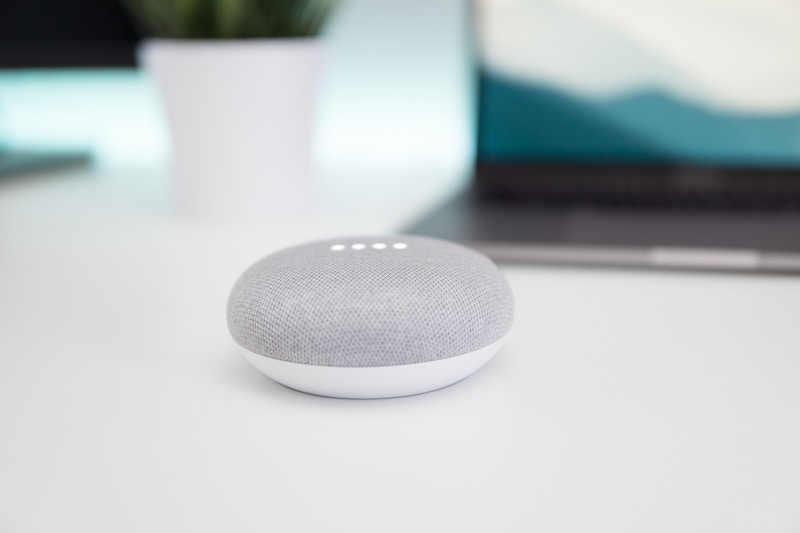E-commerce trends for 2020
Written by
Editorial TeamPublished on

Since the early 1990s, e-commerce has faced exponential growth in different corners of the world. In 2019, the global market was expected to reach US$ 2 trillion, and the Chinese market has become an e-commerce leader. Each year has brought so many new technologies, opportunities and growing consumers’ expectations that it’s not easy to stay up-to-date with everything. We’re well aware of that and won’t let you stay behind. Here’s a round-up of the e-commerce trends for 2020 that will shape the industry.
Omnichannel experience
Omnichannel, an approach that provides customers with fully integrated customer experience no matter the channel, is now a necessity rather than novelty. Modern customers who are active on the website, in the mobile apps, on social media, instant messengers, and in many more channels, expect the same from the brands. Not only to be present everywhere but to prove the same high quality of customer service regardless of the channel.
Mobile shopping
Since the advent of smartphones, mobile shopping has continuously been on the rise. It’s estimated that more than 70% of Americans and Europeans shop online. There is no doubt that in 2020, this trend will be even stronger.
Mobile payments
The rising popularity of mobile shopping goes side by side with simple mobile payments. 55% of Europeans that shop online do it on mobile devices, and we expect this number to grow. Partially because e-commerce businesses strive to improve the user experience of mobile payments, including e-wallets.
Voice Commerce
The voice commerce market is already big and dominated by the product developed by tech giants: Apple’s Siri, Amazon’s Alexa, and Google’s Assistant. However, it has a proven potential to grow further; that’s why it’s a significant trend for the next years. By 2023, it’s predicted to be 8 billion devices (including smartphones) with voice assistants in them. To compare, in 2018, there were 2.5 billion such devices, so their number multiplies. If we’re discussing voice, let’s not forget about the importance of podcasting in all industries, including

Check key e-commerce statistics in 2020 here!
Chatbots
We think that chatbots are among the most influential e-commerce trends for 2020 and beyond. By 2025, the global chatbot market is predicted to generate revenues of over one thousand million dollars. There are many reasons behind it, including the rising popularity of instant messengers, the improvements in chatbots themselves and services that let easily build chatbots without coding skills.
Visual search
Voice assistants are on the rise and traditional online search using written keywords is still strong and widely used. However, it’s a visual search that is the most natural way of finding products online. Before, the technology behind image recognition was not developed enough to make visual search widely available, but it’s changing. Right now, users do more than 600 million visual searches on Pinterest, and with further technological development, it will become widely used.
AI and Machine Learning
Although both artificial intelligence and machine learning have been hot topics this year and earlier, this trend won’t stop in 2020. There is still significant room for improvement when it comes to the algorithms and wide adoption of state-of-the-art technology in e-commerce. Once AI understands consumer habits better, it can move from simple product recommendations to all stages of the customer journey. It includes deep personalization and truly individual, tailor-made shopping experience.
Big Data, big orders
The power of big data will remain impressive in 2020. If six out of ten customers claim they would buy more if the recommendations they receive were more precise, we can only imagine how revenue and customer satisfaction will increase when companies will be able to get the most out of big data.
Improved Personalization
Personalization is not only about Artificial Intelligence and algorithms. It requires changing a mindset of decision-makers that need to make sure that all the important elements of the customer journey, including browsing the website, comparing products and prices, ads, email and social media engagement need to be based on individual preferences and past behavior of customers.
Same-day-delivery
Customers are impatient – they expect high-quality and personalized products and services to be delivered hassle-free and fast. It’s not surprising that the same-day-delivery remains a strong trend in 2020. It’s been paved by Amazon, as a quarter out of around 40 million American Amazon Prime members have used Prime Now express delivery.
Delivery drones
Same-day-delivery is not easy to achieve. No wonder that e-commerce companies are trying to develop technologies or find other ways that can help to achieve this ambitious goal. Amazon is already working on delivery drones that can fly up to 24 kilometers and deliver a small (under 2.2. kg) package in 30 minutes. If they’re successful, we can expect even more innovative ideas in e-commerce delivery.

Apparel & Shoes
By 2023 the global online fashion market is predicted to grow to $872 billion, and although it will stay dominated by clothing, shoes, and accessories will likely increase their share. Not a long time ago, shoes were considered risky to buy online but thanks to the faster shipping and easier return policy of e-commerce services, an increasing number of people decide to buy them online. We can predict that this trend will last in 2020 and beyond.
It seems that e-commerce in 2020 will still be shaped by technological advancements, deeper personalization and omnichannel customer experience. For business owners, sales managers and other decision-makers, it’s crucial to take advantage of what the nearest future will possibly bring. Otherwise, they risk staying behind the competitors, decrease revenues and losing clients’ loyalty. However, some things are timeless – high-quality products, excellent customer support and reasonable pricing models should always bring and keep the customers’ interest, be it in 2019, 2020 or 2050.
More of the e-commerce trends you can find in the Growcode’s ebook: The Top 40 Ecommerce Trends for 2020


